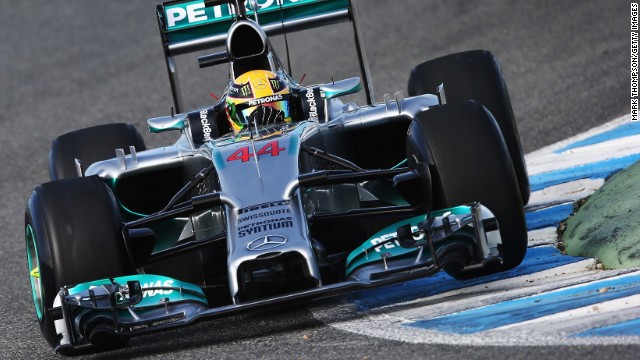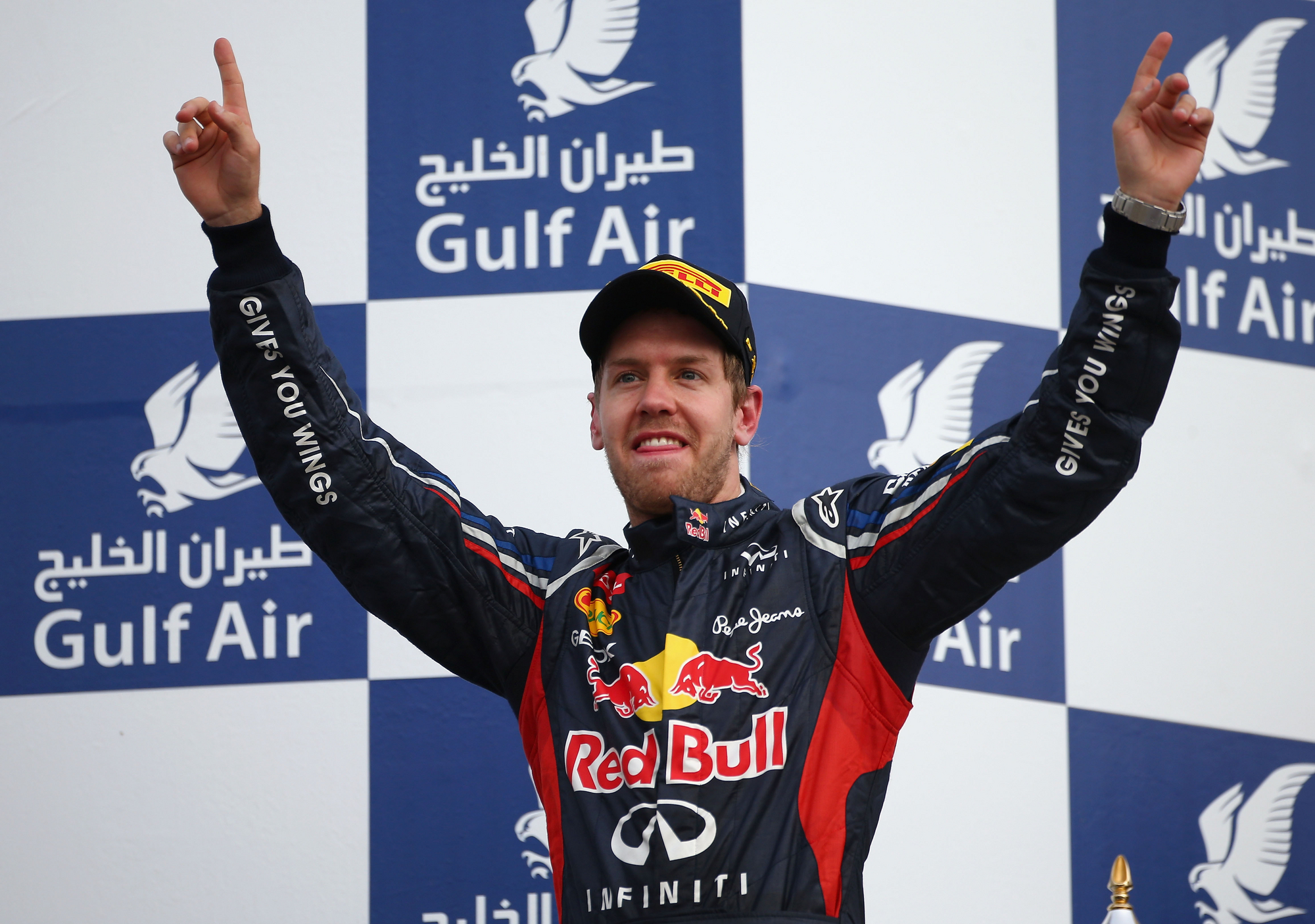Formula One
opens its 2014 season down under in Melbourne, Australia this week, and when
the cars finally hit the track, a lot will look, and sound, different. New
Technical and Sporting Regulations have caused teams to be busy at work over
the winter, and it won’t take long for a new order to establish itself in this
new era in F1.
New look
After years
of stability in both chassis and engine design, F1 made drastic changes to its Technical
Regulations for 2014. Front wings are narrower, an attempt to eliminate at
least some of the rear tire punctures seen when overtaking attempts go askew. Changes
in the rear wing will lessen downforce and create less turbulence.
The most
noticeable changes will be the result of a required lowering of the chassis and
the nose, both related to safety concerns in rear and side collisions with
other cars. The result is a variety of rather ugly front-end designs, with
“nostrils,” “tusks,” and “anteater nose” the descriptors used most often in preseason
testing.
New sound
Cars won’t
only look different this season, they’ll sound dramatically different. Gone are
the “bullet proof” 2.4 liter V8 engines that revved to 18,000 rpm, and were as
reliable as any power plant in the sport’s history. New for 2014 are 1.6 liter turbocharged
V6 engines, limited to 15,000 rpms, and required to run to energy recovery
systems (ERS).
With new
engines come new potential reliability concerns, and this season reliability is
more important than ever. In past years, teams were limited to eight engines
per driver, per season. New regulations put that number at five, putting even
more pressure on the engineers working on these yet-to-be-proven power plants.
Also, in
past years, teams could elect to run a kinetic energy recovery system (KERS),
giving drivers an 80 bhp boost for up to eight seconds with a push of a button.
This year, teams will be required to run two electrical motor generators
harvesting kinetic and heat energy from both brakes and exhaust. The result
will be the delivery of an extra 160 bhp for up to 33 seconds per lap, all
without the need to push a button.
New rules
As if new
cars and new engines were not enough, new Sporting Regulations tightly
constrain the fuel allocation at each race. Cars will be limited to only 100 kg
of fuel for the race, a reduction of almost 35% from last season. Not only will
races see teams employ fuel saving strategies from almost the first lap, any
malfunction in the ERS systems will have catastrophic consequences.
New faces
Of course, a
new season means new drivers in the series, as well as the annual shuffle of
veteran drivers between teams. All but two teams have different driver lineups
for 2014, with only Mercedes (Lewis Hamilton and Nico Rosberg) and Marussia
(Max Chilton and Jules Bianchi) standing pat.
Defending
Constructors’ Champion Red Bull welcomes Daniel Riccardo to the team, replacing
the retired Mark Webber as four-time defending World Champion Sebastian
Vettel’s teammate. Rookie Daniil Kvyat replaces Riccardo at Toro Rosso.
Ferrari
welcomes Kimi Räikkönen back to the fold, replacing Felipe Massa who found an
open seat at Williams after Pastor Maldonado took his sponsorship funding to
fill Räikkönen’s
old seat at Lotus. McLaren released Sergio Pérez, replacing him with rookie
Kevin Magnussen, while Perez found refuge at Force India, where he will team
with Nico Hülkenberg,
coming back to the squad after one season at Sauber to replace Adrian Sutil,
who, naturally, went to Sauber to fill the vacancy from Hülkenburg’s
departure.
Caterham was
the only team to replace both its drivers, settling on Japanese veteran Kamui
Kobayashi to team with rookie Marcus Ericsson.
New finish?
Vettel and
Red Bull have run away with the last four Drivers and Constructors
Championships, and at times have made it look downright easy. F1’s new era
should allow for some early season surprises as teams struggle to come to grips
with new technologies, strategies and drivers.
Preseason
testing saw Mercedes look strong, while the Renault-powered teams, particularly
Red Bull, struggled. But, as with most preseason tests, all that means nothing
when the red lights go out at Melbourne. What will matter will be who sees the
checkered flag first and gets an early competitive lead in what is sure to be a
topsy turvy start to a new era in F1.




No comments:
Post a Comment